Blog
-
The February CBC Diversity Newsletter Has Arrived!
Share your love of diversity in kid lit with others! Click to view CBC Diversity Newsletter February v. 1 on GLOSSI.COM
-
Actor Chris Colfer Plans for Book 3 & 4 In His Middle Grade Series
For Colfer, he would be satisfied with having the fourth title be the last one in the series. However, he claims to “love these characters too much to completely abandon …
-
Bank Street Children’s Book Committee Announces 2014 Winners
The Josette Frank Award is awarded to a children’s book in which “children or young people deal in a positive and realistic way with difficulties in their world and grow …
-
Random House Children’s Books Announces August 2014 Publication of ‘365 Days of Wonder’, Companion Book to #1 ‘New York Times’ Bestselling ‘Wonder’
For Immediate Release RANDOM HOUSE ALSO ACQUIRES WONDER E-ORIGINAL AND TWO NOVELS BY AUTHOR R. J. PALACIO February 13, 2014 (New York, NY)—Random House Children’s Books (RandomHouseKids.com) has acquired three …
-
20 More Authors Who Promote Diversity in School Visits
We had such a great response to our post, “15 Authors Who Promote Diversity in Author Visits” that we felt it was time to add more names to the list. For teachers and librarians who are looking for diverse authors for school and library events, here are 15 more authors to consider.
Grades 7 – 12 / Middle School & High School
Coe Booth (New York, NY)

Coe Booth is a graduate of The New School’s Writing for Children MFA program, and a winner of the Los Angeles Times Book Prize for Young Adult Fiction. She is the author of several books including Tyrell (Push/Scholastic) and will make her middle-grade debut this fall with Kinda Like Brothers (Scholastic Press). A life-long resident of the Bronx, Coe often presents to small student groups and teacher conferences.
Christina Díaz Gonzalez (Miami, FL)
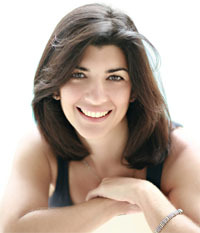
Christina Díaz Gonzalez is the author of The Red Umbrella (Yearling/Random House) and A Thunderous Whisper (Knopf Books for Young Readers). Her novels have received numerous honors including the ALA’s Best Fiction for Young Adults and the IRA Teacher’s Choice Award. Available for in-person as well as virtual visits, her presentations focus on the road to becoming an author and what happens afterward.
http://www.christinagonzalez.com/
Sharon G. Flake (Pittsburg, PA)
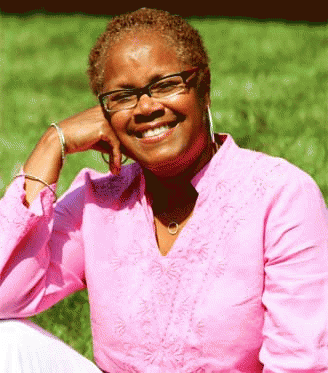
Sharon G. Flake is the Coretta Scott King Author Honor Award author of The Skin I’m In (Jump at the Sun/Hyperion). Her most recent novel, Pinned (Scholastic Press), received starred reviews and is included on various state reading lists. During her presentations she discusses her journey to overcome low self-esteem and encourages students to consider writing and publishing as a career.
Eric Gansworth (Niagara Falls, NY)

Eric Gansworth is a Professor of English and Lowery Writer-in-Residence at Canisius College. An enrolled member of the Onondaga Nation, he was born and raised at the Tuscarora Reservation. His young adult debut novel, If I Ever Get Out of Here (Arthur A. Levine Books/Scholastic), was selected for ALA’s 2013 Best Fiction for Young Adults and was named an American Indian Youth Literature Award Young Adult Honor Book.
Sherri Smith (Los Angeles, CA)

Her novel Flygirl (Putnam Juvenile/Penguin) was selected as one of the ALA’s 2010 Best Books for Young Adults. Born in Chicago, she spent most of her childhood in Staten Island NY, Washington DC, and Upstate New York. Today she travels all over the west coast visiting schools and libraries.
http://www.us.penguingroup.com/static/pages/youngreaders/teachers-librarians/author_appearance/smith.html
Tim Tingle (Canyon Lake, TX & Oklahoma City, OK)
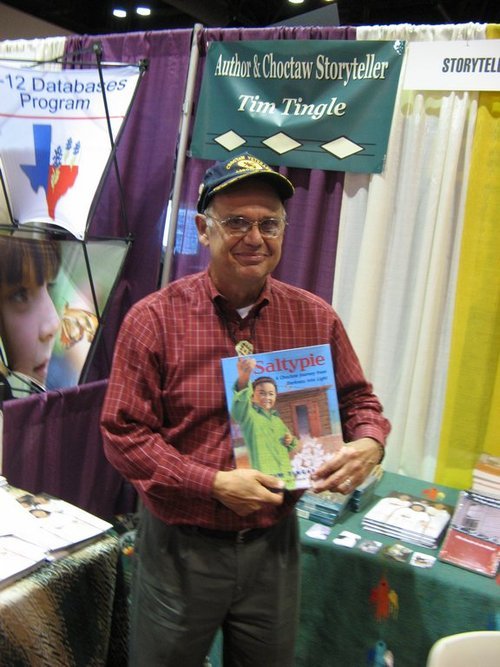
Tim Tingle is an enrolled member of the Choctaw Nation of Oklahoma and a frequent speaker at tribal events. The author of six books, including How I Became A Ghost (The RoadRunner Press) and House of Purple Cedar (Cinco Puntos Press), Tingle was a featured speaker at the Native American wing of the Smithsonian Institute in 2006 and 2007.
http://www.timtingle.com/author.html
Grades 4 – 6 / Upper Elementary School
Angela Cervantes (Kansas City, KS)
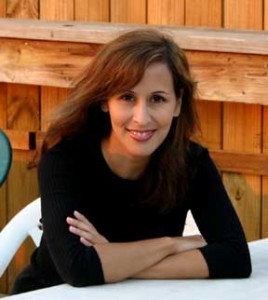
Angela Cervantes, author of Gaby, Lost & Found (Scholastic Press), has conducted readings and writing workshops for school and adult audiences for over ten years. She offers in-person and virtual visits to schools, libraries and book clubs, conferences and festivals. As part of her presentations, Angela enjoys sharing her Mexican-American heritage and telling her story of how she went from a shy bookworm to a semi-shy children’s book writer.
Kazu Kibuishi (Alhambra, CA)

Kazu Kibuishi is the writer and artist of the New York Times bestselling Amulet graphic novel series (Graphix/Scholastic). Born in Tokyo, Japan, Kazu moved to the US with his mother and brother when he was a child. Although he keeps a busy schedule as a full-time graphic novelist, he also makes time to speak at schools and libraries about his work including most recently the new Harry Potter covers.
Uma Krishnaswami (Aztec, NM)
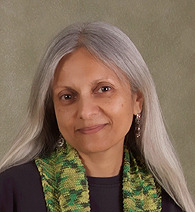
Using photographs, audio-visual material, published work and work in progress, author Uma Krishnaswami shares her writing journey with young people in a personal and meaningful way. Some of her recent titles include The Problem with Being Slightly Heroic and The Grand Plan to Fix Everything (Atheneum/Simon & Schuster).
http://www.umakrishnaswami.com/contact-us
Pascal Lee (San Francisco, CA)

Planetary scientist and explorer, Dr. Pascal Lee is the author of Mission: Mars (Scholastic Inc.), a nonfiction book about the future human exploration of Mars. Dr. Lee is committed to advancing science education and loves visiting schools. He enjoys sharing with students his passion for space and showing them that science can be hard work but also a lot of fun.
LeUyen Pham (San Francisco, CA)

LeUyen Pham is the bestselling illustrator of many books for children, including Grace for President by Kelly DiPucchio (Disney-Hyperion) and Freckleface Strawberry by Julianne Moore (Bloomsbury USA Childrens). Pham has also written and illustrated her own works, including All the Things I Love About You (Balzer + Bray/Harper). Her school visits include a flash animation and hands-on demos.
http://www.leuyenpham.com/leuyenphamstudios.html
Wendy Wan-Long Shang (Washington, DC)

The author of The Great Wall of Lucy Wu (Scholastic Press), Wendy Wan-Long Shang is a recipient of a Work-in-Progress Grant from SCBWI. During her school and library presentations Wendy talks about the editing and publishing process and takes students through the many steps that are required to create a book from original draft to published book.
http://www.wendyshang.com/schoolvisits.html
Gene Luen Yang (Oakland, CA)
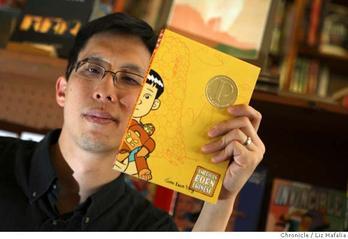
Gene Luen Yang was an established figure in the indie comics scene when he published his first YA book, American Born Chinese (First Second/Macmillan)—the first graphic novel to win the Printz Award. Now a two-time National Book Award finalist, Yang’s most recent book is the New York Times bestselling graphic novel diptych Boxers & Saints (First Second/Macmillan). Yang travels the world, speaking about graphic novels and comics at comic book conventions and universities, schools, and libraries.
Lisa Yee (Pasadena, CA)
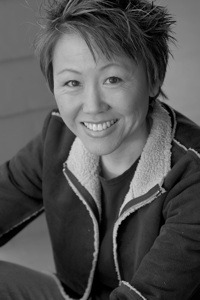
Lisa Yee’s debut novel, Millicent Min, Girl Genius (Arthur A. Levine Books/Scholastic), won the Sid Fleischman Humor Award. Today, Lisa has over one million books in print, including Warp Speed (Scholastic Inc), a book about a Star Trek geek who is bullied every day at school. She’s known for her energetic and humorous author visits and spends most of the year traveling to schools and libraries across the globe.
Grades K – 3 OR Lower/Early Elementary School
Keiko Kasza (Bloomington, IN)

Keiko Kasza has written and illustrated numerous books for children including My Lucky Birthday (Putnam Juvenile/Penguin). Her fun characters and surprising twists have earned numerous state awards. During her presentations Keiko talks about her Japanese background, the often difficult process of writing and re-writing, and what inspires her to write and draw. Her author visits have taken her all over Latin America and Asia.
http://www.keikokasza.com/contact.php
E.B. Lewis (Folsom, NJ)

E. B. Lewis illustrated Coming On Home Soon (Putnam Juvenile/Penguin) by Jacqueline Woodson, which was named a Caldecott Honor Book. He has also won the Coretta Scott King Award and received three Coretta Scott King Honors. With 65 published books to his name, EB still thinks it very important to meet his readers. That’s why every year he demonstrates his artistic craft to thousands of young and eager minds. He also teaches classes and offers workshops for educators and librarians.
http://eblewis.com/events/school-visits/
James Ransome (Rhinebeck, NY)
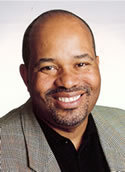
James Ransome has illustrated more than 50 books for children and won the Coretta Scott King Award for his book The Creation (Holiday House). His work has also earned him a Coretta Scott King Honor, IBBY Honor, ALA Notable, NAACP Image Award, Bank Street Best Book of the Year, and Rip Van Winkle Award.
http://www.jamesransome.com/school.html
Divya Srinivasan (Austin, TX)
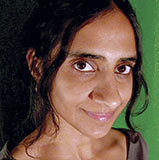
New Yorker illustrator Divya Srinivasan is also the author of Little Owl’s Night and Octopus Alone (Viking Juvenile/Penguin). On the encouragement of the children’s book buyer in Austin, Divya began her speaking career only recently. Now she visits many schools across the country with interactive presentations that include video and live art demonstrations.
http://www.us.penguingroup.com/static/pages/youngreaders/teachers-librarians/author_appearance/srinivasan.html
Eric Velasquez (Hartsdale, NY)

Eric Velasquez’s accolades include the Pura Belpré Book Award for Grandma’s Gift (Walker Books for Young Readers) and and the Coretta Scott King–John Steptoe Award for New Talent for The Piano Man, written by Debbie Chocolate (Walker Books for Young Readers). The son of Afro-Puerto Rican parents, Eric was born in Spanish Harlem and grew up in Harlem. His dual heritage and his experience living in dual cultures gives Eric a rich and unique cultural perspective.
http://www.ericvelasquez.com/schoolvisits/index.html
Sharon Dennis Wyeth (Montclair, NJ)
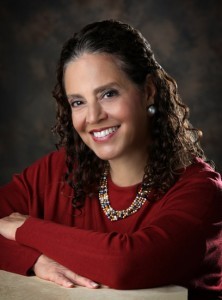
Wyeth is committed to partnering with educators. The author of numerous books for children from picture books to historical fiction, Wyeth is also a poet and a member of the Cave Canem Fellowship for African-American Poets. Currently she teaches at Fordham University and is an Associate Visiting Professor in the Graduate Department of Children’s Literature at Hollins University. She has visited countless schools in the US and abroad, inspiring students to become avid readers and fearless writers.
-
Netflix and Scholastic Send Kids and Families a BIG Red Valentine… Clifford the Big Red Dog®!
Beverly Hills, CA – Today Netflix, Inc. (NASDAQ: NFLX) and Scholastic Media, a division of Scholastic Inc. (NASDAQ: SCHL), the global children’s publishing, education and media company, announced Netflix as …
-
Atheneum Books For Young Readers to Publish Inspiring Picture Book in Coordination with Ronald McDonald House
New York, NY — Atheneum Books for Young Readers, an imprint of Simon & Schuster Children’s Publishing, is delighted to announce the publication of Mogie: The Heart of the House, a picture …
-
‘The One & Only Ivan’ Inspires Kids to Speak Out For Animal Rights
“What struck Spector most about the ‘Ivan’ project was the way the book brought the entire school together. ‘Providing the opportunity for all of our students, from Transitional Kindergarten to …
-
A Timeline of Black History in YA Fiction
“The pickings were so meager, I also looked at middle grade novels which could appeal to young adult readers. But even with those titles included, I hope that this time line …
-
CBC Diversity 101: Religion in YA
Contributed to CBC Diversity by Aaron Hartzler
Every six months or so, I see an essay devoted to the absence of religion and characters of faith in young adult literature. Google “religion in YA” and you’ll see plenty of posts which rightly address the fact that only a small percentage of the books marketed to teenagers by major publishers include any reference to religion. Most of these are consistently found in historical fiction.
Studies show that a lack of religious content in YA books is not due to a lack of adolescent interest in matters of faith. According to Soul Searching: The Religious and Spiritual Lives of American Teenagers (2005, Oxford University Press), 60% of teens say that religious faith is an important part of their lives, and 40% pray every day. Thirty-five percent attend weekly services of some kind, while another 15% go to church at least once a month. One in four report that they are “born again.”
I know these facts to be true—not only from survey data, but from personal experience.
My Personal Connection

I grew up in the Midwest, the oldest of five in a fundamentalist evangelical family. Two weeks before graduation, I was kicked out of my Christian high school. Recently, I wrote a YA memoir about that experience for Little, Brown called Rapture Practice.
Religion was not simply a part of my life as a teenager, it was the major player. My dad taught at a Bible college and preached around the country. We believed that our friends and neighbors were doomed to spend an eternity in a literal hell if they didn’t come to believe as we did.
During my teen years doubts about the religion to which my family subscribed grew deafening. My faith ran up against the brick wall of some questions regarding my sexuality that I wasn’t even fully prepared to ask until I got to college. All I could admit to myself back then was an increasing awareness that my life would not look like the life my parents had imagined for me.
Even this brief description of my personal experience with religion points out what a tricky thing it is to write teen characters dealing with faith. Much ink has been spilled over the absence of faith in YA lit, and theories abound as to why that is.
I’d like to address not the “why” but the “how” of writing about religion for young adults. How do we keep it balanced and fair? How do we make sure that references to faith and religion are a function of character and story instead of the other way around?
Stereotypes & What I’d Like to See More Of (aka a book that handles this well).
The best advice my friend A.S. King ever gave me about writing was that on the page, “Fundamentally, we deliver ourselves.” Religion, belief, faith (or the lack of it) are subjects that an author cannot help but write from a personal perspective. In that sense, there’s no “wrong” way to include religion in a book—as long as the structure and tenants of good storytelling are in place.
Here are five common stumbling blocks I’ve seen when it comes to writing about religion for teens, and a corresponding book that I think pulls it off with flying colors.
1. Not all religious people are anything.
Not all religious people are hypocrites. Some, like my parents, actually believe the things they say they believe, and practice what they preach. Not every Reverend is the cosmic kill joy John Lithgow played in Footloose, nor is every pastor’s daughter a nymphomaniac. However, if it’s true that the only man who could ever move you “was the son of a preacher man,” then that’s a perspective from which you can write a story.
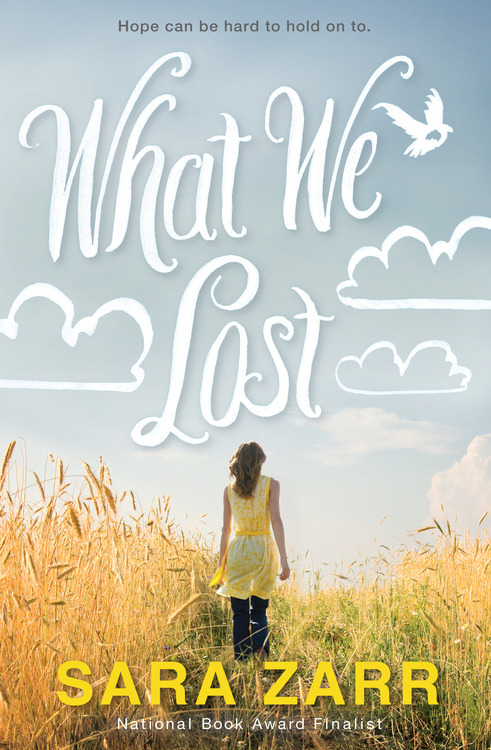
In Sara Zarr’s What We Lost (originally published as Once Was Lost), Samara’s father is a minister, and her mom is in rehab. The characters are so richly drawn and fully realized that Samara’s subsequent struggle with her own doubts in the midst of a mysterious disappearance in her home town never becomes preachy, or shies away from hard questions or issues. It’s a fantastic example of how to write a kid who attends youth group—but isn’t just that.
2. Religion isn’t always a bad thing, or an all-encompassing fundamentalist experience.
A character needn’t experience religion as a sinister opiate of the masses, nor are all church-going people of faith Bible-thumping, evangelical, fire and brimstone types. Some live by a personal code of ethics guided by their beliefs, quietly helping others.
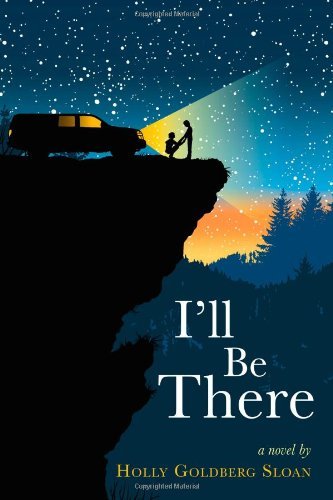
Holly Goldberg Sloan’s I’ll Be There (and it’s forthcoming sequel Just Call My Name) features just such a family. The story begins with Emily Bell singing a solo in church and catching sight of a young man in crisis. As Emily’s family comes to the aid of Sam and his little brother, Riddle, Sloan weaves themes of social justice into prose that crackles with humor, warmth, romance, and heart-pounding action.
3. Not every book that includes a religious character has to be a book about religion.
Not all people of faith go to church each time the doors are open.
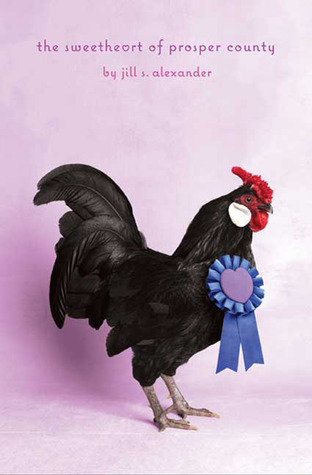
Jill Alexander’s The Sweetheart of Prosper County features a girl named Austin from a tiny Texas town struggling with the loss of her Dad, and her own desire to be popular. There’s no big come-to-Jesus moment, but Austin often remembers to follow her Mom’s advice in tough situations and “pray the problem.” With this simple, pitch-perfect detail Alexander opens our hearts and minds to the experience of a teen girl who believes there could be value in asking for help from a higher power.
4. Not every book about religion has to be a book religious people would like.
We need books that dare to ask the questions about faith with which teens often struggle.
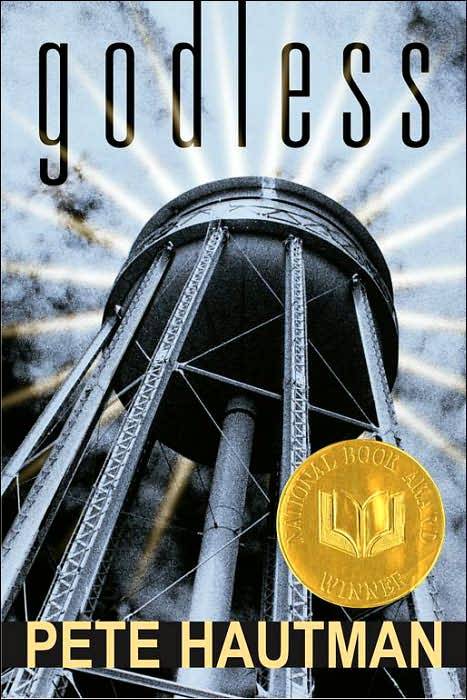
In Pete Hautman’s Godless (National Book Award, 2005) Jason Bock quits his parents’ Catholic church and founds his own religion, enlisting friends to come and worship the water tower in the center of town. When Jason loses his grasp on the religious ceremony he’s instituted, things take a dangerous turn. Hautman seamlessly layers in questions about the control of religion in our lives without preaching a gospel of his own. There’s a healthy dose of skepticism in this book, but it’s rooted in character—not shouted from the author’s soapbox—and the result is a riveting loss of faith story.
5. Not all religion is a relic of the past.
If you’re writing fantasy or science fiction set in a distant future, don’t be afraid to address issues of faith. If the human species is present, chances are religion will be, too. Don’t automatically leave it out of your world building.
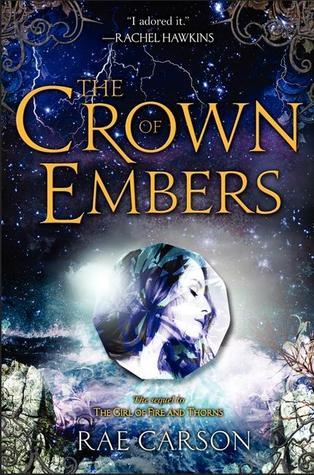
Rae Carson’s The Crown of Embers is part of her Girl of Fire and Thorn series, and features Elisa, a princess turned war queen, several thousand years in the future. The plot of the book involves a lost colony of religious refugees, and the Scripture Sancta which the author based on the Bible. An atheist and humanist herself, Carson says that “so long as religion exists in the world, it will exist in my books…I think it’s tragic when teenagers can’t find themselves in fiction.” (You can read a great interview with her about this subject here.)
If you have questions for Aaron, post them in the comments section below! He’ll choose a selection and answer them through video later in 2014.
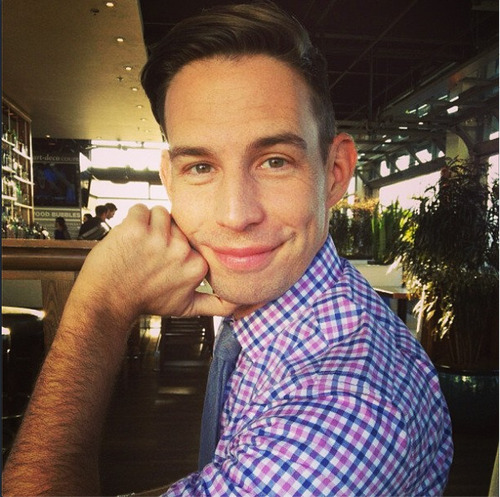
Aaron Hartzler is the author of over 5,000 tweets, and Rapture Practice, a memoir for young adults about growing up gay in a fundamentalist evangelical home. He lives in Southern California with his fiancé Nate and their two dogs, Charlie and Brahms. You can find him online at http://www.aaronhartzler.com.
-
Neil Gaiman and Adam Rex to Publish the Second ‘Chu’ Picture Book
The author noted on his blog that the UK version is entitled Chu’s First Day at School. At the moment, the title for book three has not been revealed and Rex …
-
Video: The Call of a Lifetime
“After I hung up the phone I cried some more. And then I wondered if I had dreamed the whole thing. Did I say ‘thank you’ to you guys? …
-
‘Rose Under Fire’ Wins the Schneider Family Book Award
“Beyond this emotional impact, Rose Under Fire also looks unflinchingly at the permanent physical disabilities and disfigurement that some of the prisoners suffered at the hands of their captors, which was undoubtedly …
-
HarperCollins to Publish Middle Grade Trilogy By Lauren Myracle
The story in the first book, The Wishing Day, follows “three sisters who live in a town where on the third day of the third month of her 13th year, …
-
Sophie Nelisse to Star in ‘The Great Gilly Hopkins’ Film Adaptation
Paterson, who served as the second National Ambassador for Young People’s Literature, won a Newbery Honor for this book in 1979. Her son, David Paterson, will serve as a producer …
-
New Lemony Snicket Audiobook to Feature 13 Celebrity Narrators
The group includes former National Ambassador for Young People’s Literature Jon Scieszka, The Diviners author Libba Bray, TV personality Rachel Maddow, and others. Little Brown Books for Young Readers will …
-
CCBC Releases Stats on the Number of Diverse Children’s Books Published in 2013
“In 1985 the Cooperative Children’s Book Center began to document the numbers of books published in the United States for children each year which were written and/or illustrated by African …
-
Of Scrabble and Stories: An Interview with Kate DiCamillo
Q: Scenario time. The phone rings at 8 a.m., it’s NPR, and they want a quote about the latest threat to reading; will you be ready?A: “[laughs] No! But I’ll …
-
2014 WNBA Pannell Award Nominees Announced
General BookstoreAaron’s Books – Lititz, PA Avid Bookshop – Athens, GA Book Passage – Corte Madera, CA Byrd’s Books – Bethel, CT Bookshop Santa Cruz – Santa Cruz, CA Changing …
-
Neil Gaiman Reads ‘Green Eggs & Ham’ Out Loud
The Fortunately The Milk Writer promised to record this performance if the charity organization Worldbuilders raised half a million dollars during its annual fundraiser. So far, they have managed to …



















